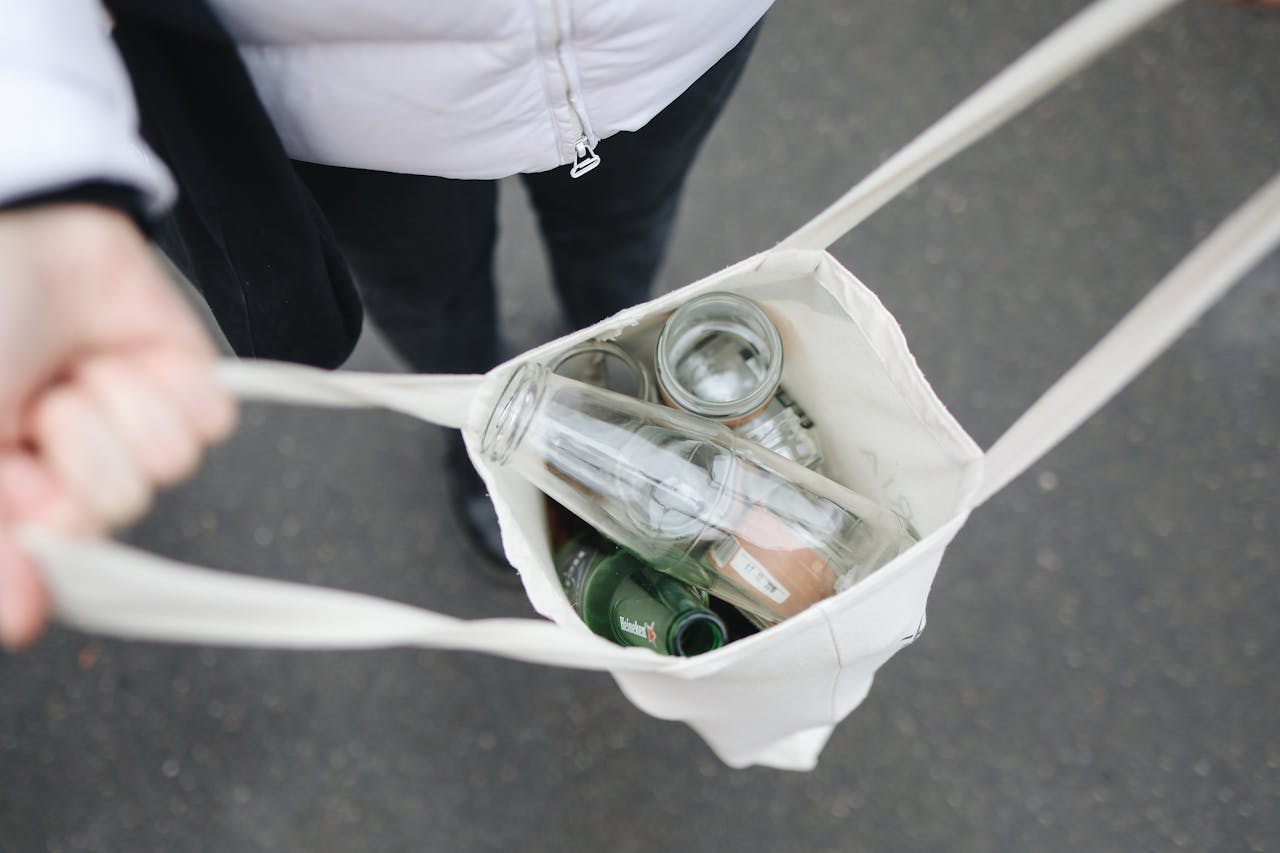Every little change adds up to a bigger effect, so be organized now and watch your savings and your good impact on the environment increase.
Whether they choose to do so intentionally or unconsciously, an increasing number of people nowadays are making eco-friendly decisions in their daily lives. We are always surrounded by examples of how important sustainability is, and it is difficult to ignore them. However, what should we do if our finances prevent us from making the best decisions?
Here are some pointers for creating a sustainable consumer base and creating a sound budget.
1. Evaluate and Adjust Your Consumption
Start your transition to eco-friendly budgeting by examining your daily consumption patterns. Take a detailed look at your monthly expenses on utilities, groceries, and transportation. Could there be potential savings? Begin by ensuring that all appliances are switched off when not in use, switch to LED lighting, and consider lowering your water heater’s temperature. These simple changes can significantly reduce your environmental footprint and substantially decrease your utility bills. Adopting a greener approach to grocery shopping can further enhance these savings.
To reduce packing waste, buy in bulk, and whenever possible, select seasonal, locally grown produce. What you can achieve with this is a big reduction in your carbon footprint because buying locally removes the need for long-distance transport. Also, you’re supporting small local businesses. Want to take things even further with green eating? Maximize your food budget by planning your meals for the coming week to prevent food waste and impulsive purchases.
2. Invest in Quality Over Quantity
Opting for quality over quantity can profoundly influence your budgeting strategy in an eco-conscious manner. Resist the urge to purchase inexpensive items that appear economical initially but often lead to more frequent replacements and elevated waste. Instead, commit to getting products known for their durability and reliability. For instance, while an energy-efficient appliance might be more costly upfront, it yields considerable energy savings and lessens environmental degradation over its lifespan.
Similarly, choosing garments and other goods from sustainable, high-quality brands might involve a higher initial expense, but their extended durability means you’ll need fewer replacements. Living life with this philosophy stops the cycle of buying and discarding which is absolutely unnecessary and extremely detrimental to the planet. Plus, it will cure our obsession with shopping, and that’s a win on its own.
3. Consider Financing for Big Sustainable Purchases

Have you been considering making significant sustainable upgrades, such as installing solar panels or a high-efficiency HVAC system, but feel deterred by the hefty upfront costs? This is a common challenge for many aspiring to live more sustainably. To overcome this, exploring various financing options can be a viable solution.
One effective strategy is to secure one of the convenient Joint Personal Loans – Handy Finance. Many financial institutions now offer specialized joint loans that are perfect for bigger investments since they allow you to combine incomes and boost your borrowing power. These loans make the financial burden easier to handle since you’re sharing it with your partner. By opting for joint personal loans, you can split the cost of these investments in two, easing the immediate costs. This allows you to proceed with important eco-friendly projects without depleting your savings, all while contributing to long-term environmental sustainability and potentially reducing your ongoing utility expenses.
4. Go Digital and Ditch Paper
Modernizing your daily routines and lowering your environmental impact can be achieved by fully embracing digital technologies. Choosing electronic bank statements, bank receipts, bills, and even books and periodicals instead of paper ones helps save trees and reduces the energy and trash that are usually used in the manufacturing, shipping, and recycling of paper goods. These days, a lot of businesses encourage customers to go paperless by providing discounts or other advantages for those who select electronic solutions.
This might result in additional savings for you. The effectiveness of your budgeting process can be greatly increased by electronically preserving your financial records, in addition to the financial and environmental benefits. It is easier to have a clear picture of your money and to keep track of your spending and savings when you get rid of the physical file clutter.
5. Use Public Transport and Carpooling Networks
Your budget and carbon impact can significantly change if you depend less on personal vehicles. Think about taking the bus or train, signing up for a carpooling group, or even riding your bike to work. The cost benefits are increased by the fact that public transportation is subsidized in many urban areas. If using public transportation isn’t an option, consider using applications that pair up commuters who are traveling in the same direction.
This halves the expense of gasoline and lowers pollution and traffic jams. If cycling suits your lifestyle, it also provides a free, healthy, and emission-free mode of transit, saving you money on gym subscriptions and transportation.
A great method to protect the environment and ensure your financial future is to adopt an eco-friendly lifestyle through careful financial planning. If you apply these suggestions to your everyday life, you’ll discover that living sustainably can be economical and fulfilling. Every little change adds up to a bigger effect, so be organized now and watch your savings and your good impact on the environment increase.


Join the conversation!